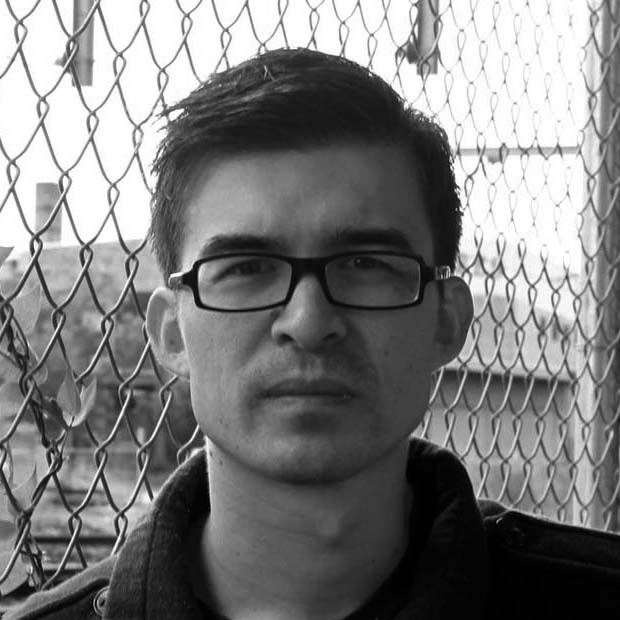A Frances Johnson
Intertextual spins on Peter Carey’s 1988 novel Oscar and Lucinda may yet be finding new reading congregations. Carey’s progenitive postcolonial novel refuted landscapes empty of First Nations peoples, less jewel horizon than abject mire and macadam, along which the failed preacher Oscar and his party moved the components of a glass church overland and upriver to Edenic rural Bellingen. A metaphor of failed settler hopes and dreams, the fabulist glass church leitmotif is symbolic of white intrusion, as an omniscient Aboriginal narrator observes in the chapter savagely and simply entitled ‘Glass Cuts’.
... (read more)In E.L. Doctorow’s The Waterworks (his 1994 novel of post-civil war America), the narrator McIlvaine addresses the reader: ‘We did not conduct ourselves as if we were preparatory to your time. There is nothing quaint or colourful about us.’ Doctorow reminds the reader that our sense of modernity is an illusion. As Delia Falconer has eloquently noted apropos Doctorow’s novel, the contemporary historical novelist has a valuable role to play:
... (read more)This week on the ABR Podcast we celebrate twenty years of the Peter Porter Poetry Prize with readings from six winners. We invited these poets to reflect on the prize and their winning poems. Hear fresh readings from Judith Beveridge, A. Frances Johnson, Damen O’Brien, Sara M. Saleh, Alex Skovron and Judith Bishop. The 2024 Porter Prize, worth a total of $10,000, closes on October 9.
... (read more)'Painted Weather', a new poem by A. Frances Johnson.
... (read more)‘The flag’s taking off for that filthy place, and our jargon’s drowning out the drums.’ A. Frances Johnson’s new collection begins with this quote from Rimbaud, which immediately betrays her appreciation for both the European avant-garde and the viral nature of the context from which it emerged. Johnson is a poet, painter, novelist, and academic acutely sensitive to such colonial haunts, perhaps largely due to the delight she takes in the other tones offered up by historical subject matter. She has displayed this previously in Eugene’s Falls (2007), an expansive novel about Eugene von Guérard, and in exhibitions dealing with the ambiguous textures of botanical empire building. Interestingly, though, her layers of historical literacy have led to a skilful inspection of her own aesthetic fetishes, writing as she does in a time when ever more bilge-water seems to be issuing from the half-drowned ship of Western culture.
... (read more)Frederick McCubbin (1855–1917), otherwise known as ‘The Proff’, was only a sometime plein-airiste at the Box Hill artists’ camp. He never made it out to Eaglemont and Heidelberg, as curator and historian Anna Gray has shown, debunking mythic accretions of place around the venerated so-called Heidelberg School. Boxhill/Lilydale, laid down in 1882, was McCubbin’s trainline of choice. He was also a studio artist given to creating a tightly controlled narrative mise en scène. As Andrew McKenzie has revealed, McCubbin built a faux grave in his backyard at his home in Rathmines Street, Hawthorn, dragooning his wife, Annie, to play the female mourner for Bush Burial (1990). The bearded elder was possibly John Dunne, a picaresque character whom McCubbin purportedly accosted on a city street. Artist friend Louis Abrahams played the young male mourner. The young girl is not identified. Nor the sorrowful dog.
... (read more)I have frequented too often the gift shops of Australian Impressionism. Back in 1985, I mooned over David Davies’ Templestowe twilight scene before purchasing the corresponding tea towel (for my mum), Fire’s On placemats with matching coasters (for my dad), and lost child mugs (for my siblings, only one of whom took offence).
... (read more)Postwar memorial gardens can be found the world over. Gardens scholar Paul Gough has noted how planted memory is an essential aspect of future remembering; gardens create inclusive spaces that rely on participation and careful nurturing to ensure that memory stays ‘alert, relevant and passed on from generation to generation’. The dedicated memory garden at Melbourne’s Shrine of Remembrance is a site of ritual remembering of equal importance to sites such as Anzac Head in Turkey. Gough argues that the front can be symbolically transplanted. Objects, seeds, letters, and small packages of soil were often bought home, particularly where bodily remains could not be retrieved.
... (read more)










